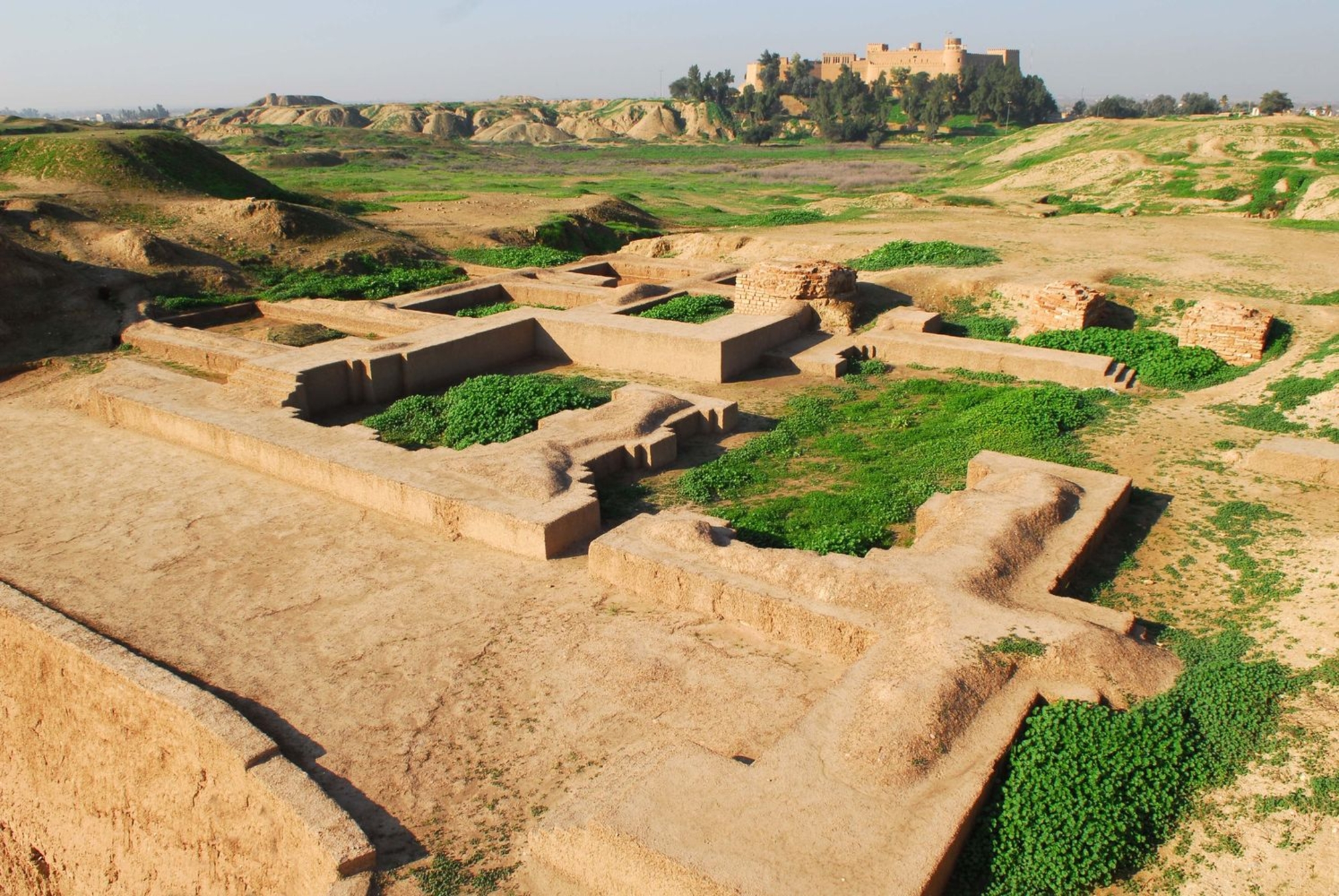
- Home
- The life of Jacques de Morgan
- Persia (1889-1912)
- Fieldwork
In 1897, Jacques de Morgan was the head of the French archeological mission in Persia. This allowed him to excavate Susa, where he hoped to reveal the earliest layers of the city and prove that Egyptian civilisation originated in Persia.
Industrial excavations
Morgan described his excavation method as "industrial" because his work was highly methodical, covered large areas, and sometimes employed more than one thousand workers in order to reach the earliest layers in as fast as possible.
To achieve this, he decided to focus on one area - the Acropolis. He organised the work in trenches and, for the first time in the Near East, excavated the site using an approach based on stratigraphy. He removed the spoil industrially using Decauville wagons or cars.
Scientific approach
Morgan felt it was important to understand and record recent layers before destroying them to reach earlier layers. His understanding was limited, however, by the difficulty of excavating the mud-brick remains.
He was also careful to study other elements that might help answer his questions about ancient Persia, including inscriptions, objects attesting to the everyday lives of its inhabitants, and ancient hydraulic structures.
Results
Morgan never achieved his central purpose of uncovering the origins of Egypt in Persia, which would certainly have disappointed him. Nevertheless, his work did reveal the existence of the Elam civilisation, and laid the foundations for a definition of Near Eastern prehistory. He also discovered some exceptional pieces, such as the Code of Hammurabi and the Naram-Sin stela, now on display in the Musée du Louvre.





